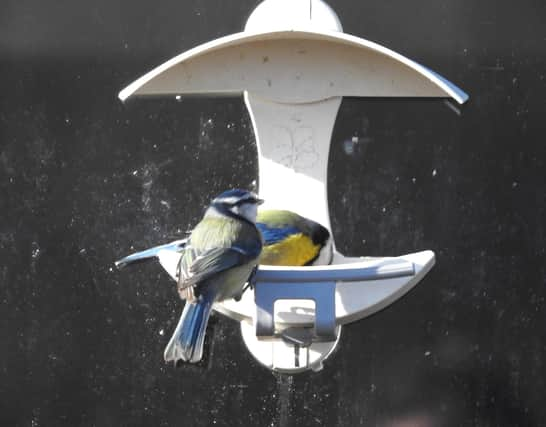On the Wildside: Expect a warm welcome at Doncaster’s Potteric Carr Nature Reserve


Gone are the days when a birdwatching trip meant thermal underwear, pocket hand-warmer, tomato soup in a flask, and cheese and pickle sandwiches. Food was often consumed with chilled hands and shivery tremors induced by sub-zero temperatures.
I still recall my first experience of a ‘luxury’ visitor centre down at the Ouse Washes Wildfowl and Wetlands Trust at Welney, where huge numbers of Bewick and whooper swans were fed under late afternoon spotlights.
Advertisement
Hide AdAdvertisement
Hide AdThe ‘hides’ had morphed from bare boards and winter chill to carpets and heaters. Indeed, in the 30 or so years since then, the experience has evolved to include toilet blocks, cafés, book shops, gift shops, and extensive displays of optical equipment.
In our region we have the Dearne Valley’s RSPB Old Moor Wetlands Centre south-east of Barnsley, and reasonably close by, the wonderful Yorkshire Wildlife Trust Potteric Carr on the urban Doncaster fringe. Together these must be the finest ‘urban’ nature reserves in the country. I will return to Old Moor at a later date!
If you are driving, then Potteric is easy access with good, free parking and you get there either from the north through Doncaster or south off the M18. The facilities and welcome are excellent with food that is low cost and substantial, ideal for most birders.
The reserve itself has been vastly expanded to mix flood management water-holding, with removal of pollution from nearby roads and urban developments, and delivery of other ‘ecosystem services’.
Advertisement
Hide AdAdvertisement
Hide AdThere are good walks around and through the reserve bringing possibilities of excellent views of birds both common and rare. Drained from the 1700s onwards by Leeds-based engineer John Smeaton, this was one of the last great carrs around the once-extensive South Yorkshire fenlands.
Today the site resounds once more to the calls of bitterns, avocets, and black-winged stilts, and feeders around the visitor centre abound with blue and great tits.
Professor Ian D. Rotherham, researcher, writer & broadcaster on wildlife & environmental issues, is contactable on [email protected]; follow Ian’s blog (https://ianswalkonthewildside.wordpress.com/) and Twitter @IanThewildside